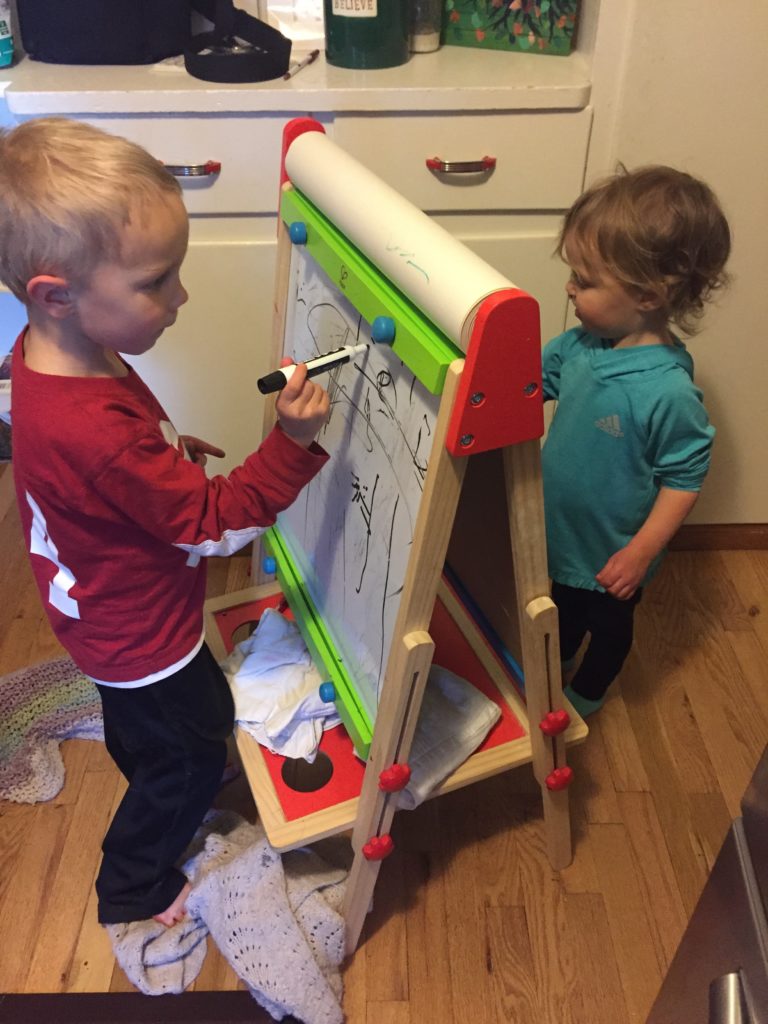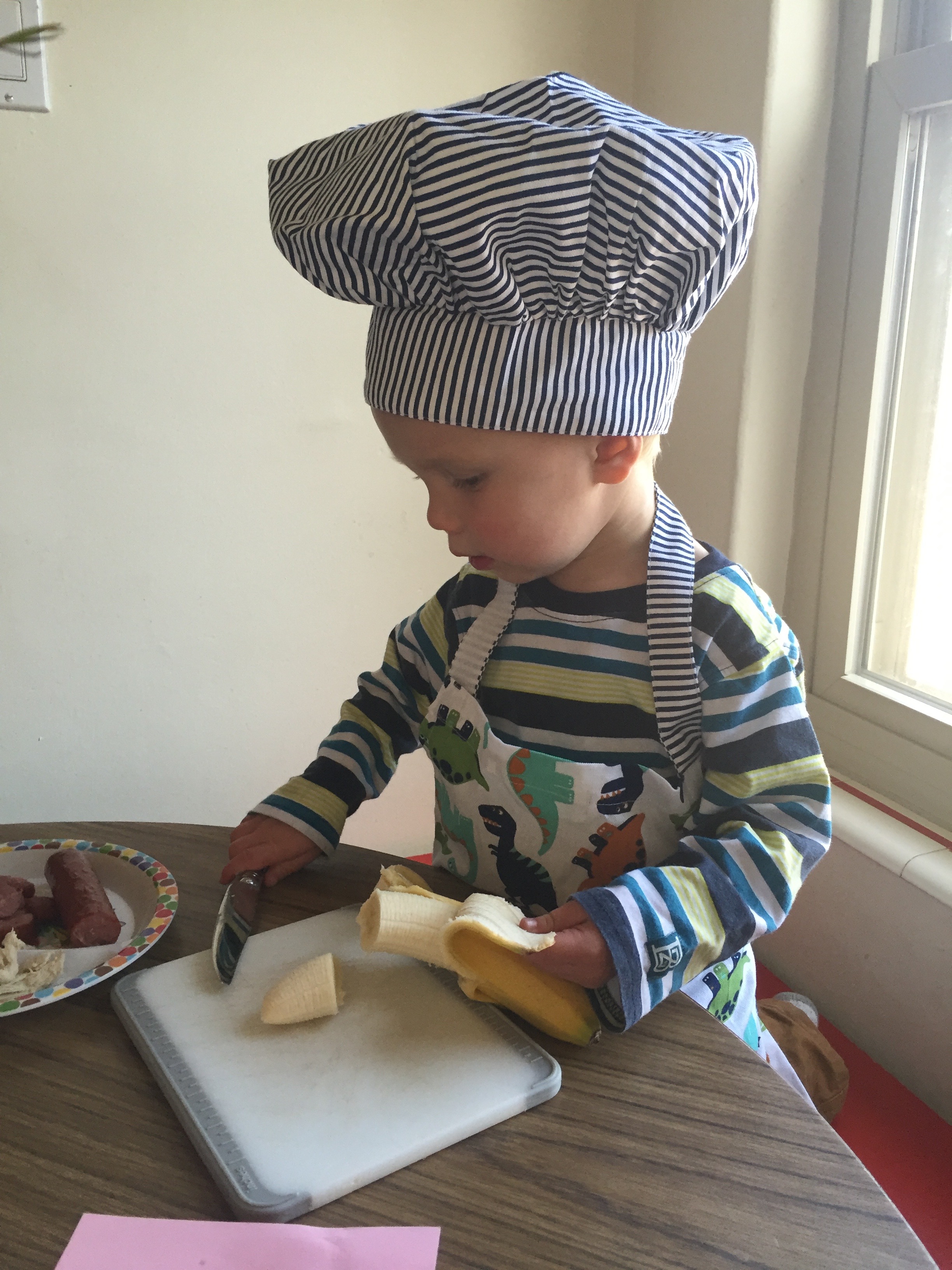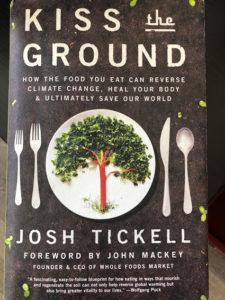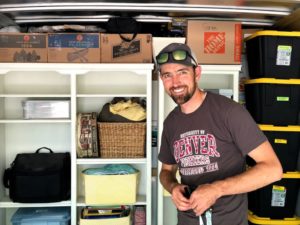From Hesitant to Empowered
Admittedly, when Steve first suggested the idea of homeschooling our kids, I was a bit hesitant. Even though we have several friends who homeschool their children, the idea both intimidated and overwhelmed me. How were we going to come up with enough content to fill each day? Would we hit on all the important concepts? Would our kids still develop rich friendships with peers? How would we ever balance homeschooling along with trying to start our own business? Were there enough hours in the day?!
As we began to do more research I vacillated between feeling excitement about the flexibility and unique experience homeschooling could provide our family and anxiousness about whether I had the patience and creativity to keep the kids engaged each day…and ultimately to help them develop a true love of learning. One of the first books that gave me the confidence to believe I can be a competent teacher was The Well-Trained Mind: A Guide to Classical Education at Home by Susan Wise Bauer and Jessie Wise. Along with making a pretty convincing argument for a classical style of education, the authors broke each subject into the key components for each age range and provided recommendations with thorough commentary.
Feeling empowered by The Well-Trained Mind, we decided to conduct our own trial run of homeschooling by starting phonics with Charlie using The Ordinary Parent’s Guide to Teaching Reading. A few times each week, after we put the girls to bed, one of us would sit with Charlie and work through a lesson. The book starts with the child learning two poems to emphasize the short vowel sounds along with each consonant sound. It was fun to see Charlie memorizing the poems and repeating them back without our prompting at other times throughout the day. In a house with three kids under five and a preschool with 21 kids, our introverted boy with some additional sensory needs often found himself overwhelmed and overstimulated, so he craved this special one-on-one time and asked for reading lessons most nights.
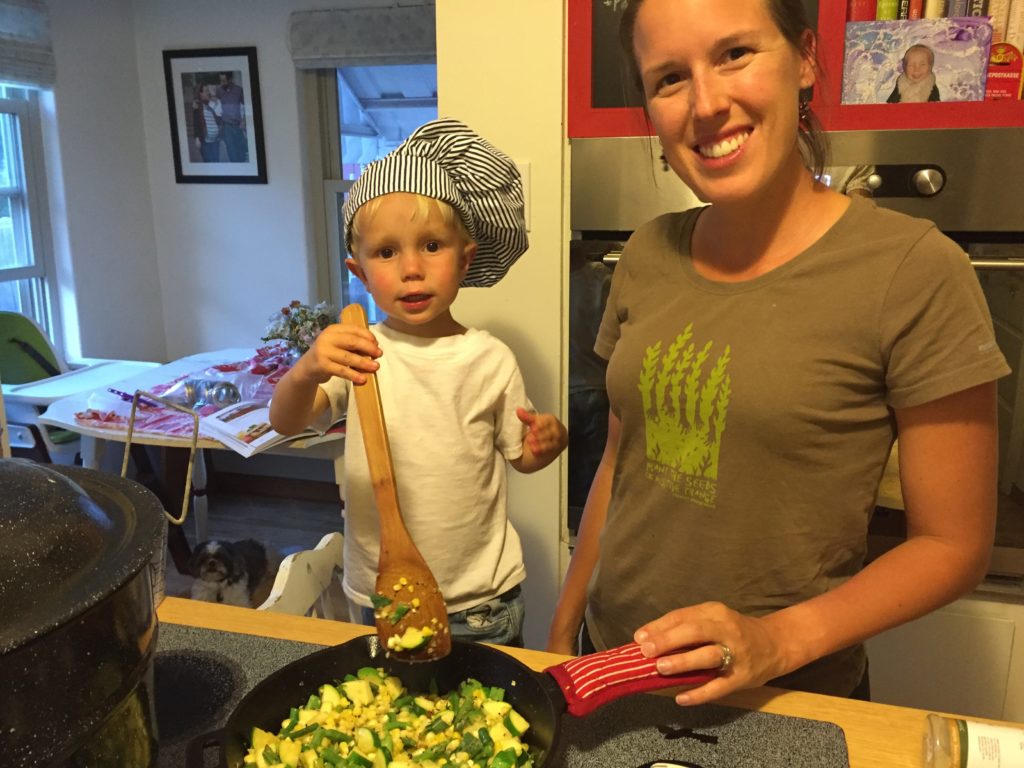
Getting Back to Our Why
Out of the blue one day Charlie asked if we could be his teachers, and looking back this was a turning point when I internally embraced the idea of homeschooling. His preschool teachers had been talking a lot about kindergarten to prepare his class for the next year and Steve and I had toured several local elementary schools. We hadn’t yet discussed the idea of homeschooling with Charlie directly, so I asked him why he would want us to be his teachers and he earnestly replied that he loved being with us and learning new things from us. I texted Steve to see if he had planted this conversation as just earlier that day I had been wavering again about my readiness and willingness to take on this commitment. Turns out it was Charlie’s own idea…and I was bought in.
Being a planner, I started more seriously reading books, listening to podcasts, talking to friends and even signed up to attend an online homeschooling conference! I quickly realized there were numerous styles (and strong opinions to support them!), and it could be incredibly overwhelming to even know where to start. So, we refocused on our own motivation to start homeschooling in the first place:
- An opportunity to foster our children’s love of learning
- Flexibility to adopt (and adapt) a curriculum and way of learning that fit each of their unique styles
- Shifting our mindset to see all of life as a series of teachable moments
- Taking experiential learning to a whole new level
- Investing quality time to deeply instill and develop our values as a family
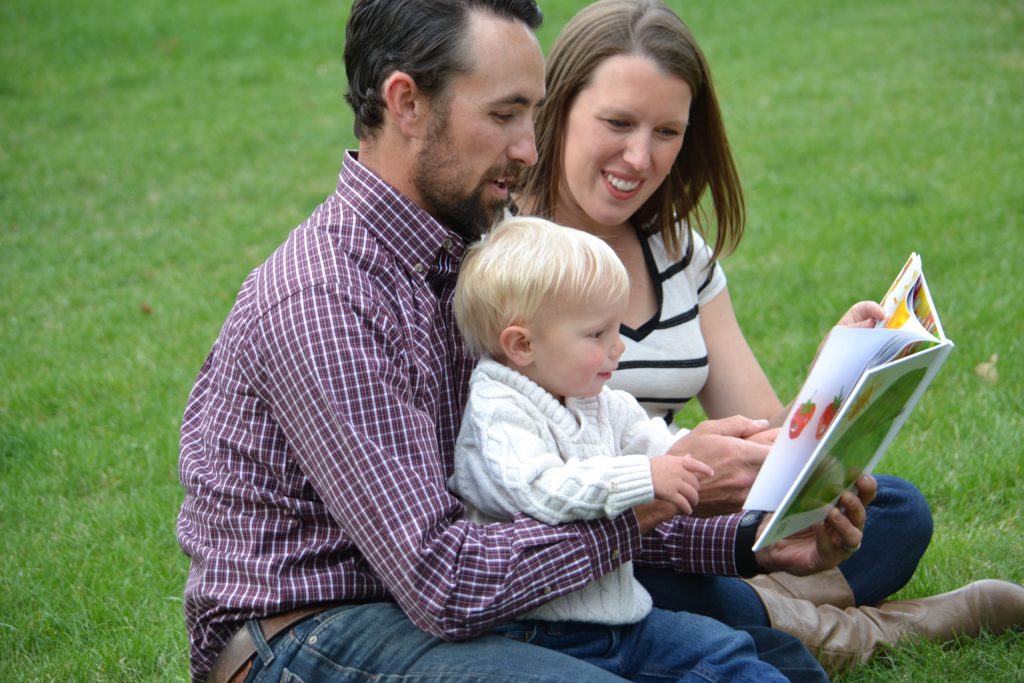
Great, We're Going to Homeschool! Now What Do We Do?
While there are strong purists and advocates for all the various homeschool methods, I imagine we will be a little more eclectic – drawing the best from each of the styles that resonate with our vision. From what we’ve researched, we love the basic tenets and “why” behind the Charlotte Mason approach:
- Using “living books” that make a subject come alive for a student and introducing them to the best minds in literature – never diluting or “talking down” to them
- Spending significant time in nature – observing, sketching, writing, learning about the natural elements around them
- Presenting a liberal arts based education in short, engaging lessons to allow the child to take in a variety of material and see the interconnected nature of all the subjects
- Viewing education as going beyond studying to include character development and a natural love of learning
We believe the Classical Education approach has a lot of scientific validity as it relates to the way children’s minds develop and process information over time. Hence we aim to structure our homeschool experience in such a way that it mirrors and builds upon our kids’ intellectual maturity. Classical Education is built upon the model of the Trivium, which advocates changing the style and method of teaching as a child grows and increases in cognitive ability. There are three primary stages outlined in the Trivium:
- Grammar – these early years are designed to fill the child’s mind with facts as memorization comes easily (and is enjoyable)
- Logic – this stage (roughly the middle school years) focuses on teaching students to analyze information and ask difficult questions
- Rhetoric – this stage builds upon the skills of the previous two stages and takes students to the next level of communicating their ideas clearly and persuasively
Ultimately, Classical Education is designed to give students the tools to know how to learn. As someone who has worked in higher education preaching the values of a liberal arts education and lifelong learning, I admit I’m coming in a bit biased…but we truly believe this approach will set our kids up well, no matter which interests or paths they pursue.
We also like the concept behind unit studies where all our lessons for a given period of time relate back to one topic. This has the possibility of helping our kids see how concepts are interrelated and helping them dive into areas of interest. One of my good friends suggested the Five in a Row curriculum, which uses the idea of unit study based in literature. Each week you read the same book every day and use it as a springboard for lessons in science, math, language arts, social studies, geography and art. As we did with phonetic reading lessons, we tried Five in a Row for a week using the story Storm in the Night by Mary Stolz and were pleased to see both Charlie and Lily talking about concepts ranging from thunderstorms, to handling emotions like fear, and even using the literary device of onomatopoeia. Yup, even Steve learned a new vocab word there.
So, all that to say – where did we land? What approach will we take? What will our daily life look like? Great questions! But, they’ll have to wait for another post…
